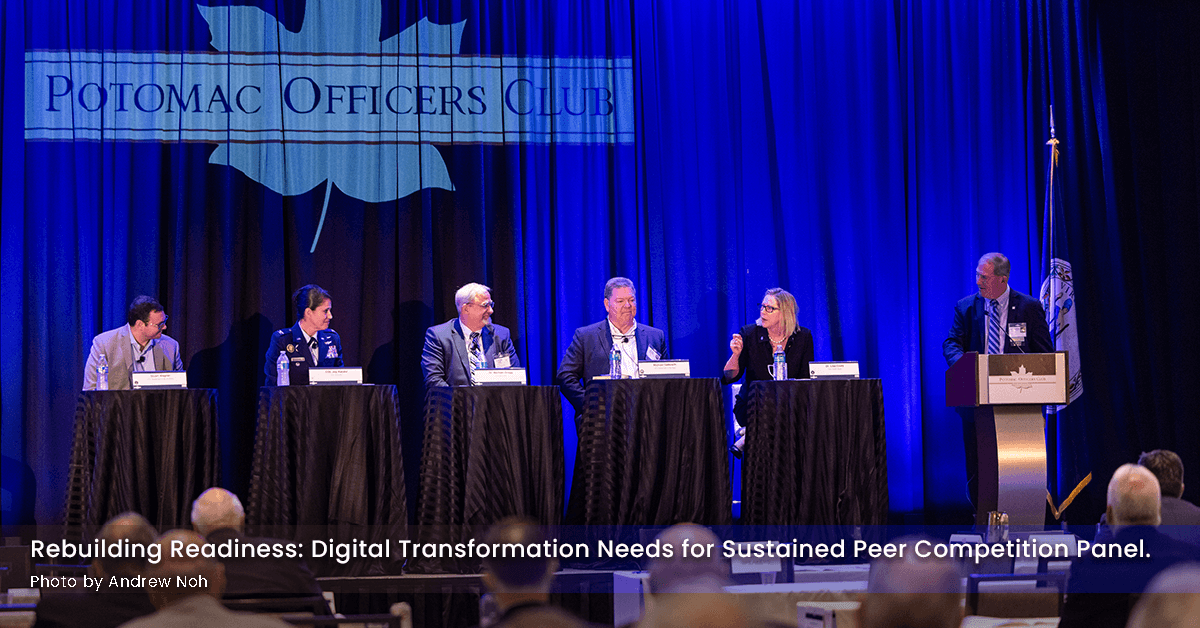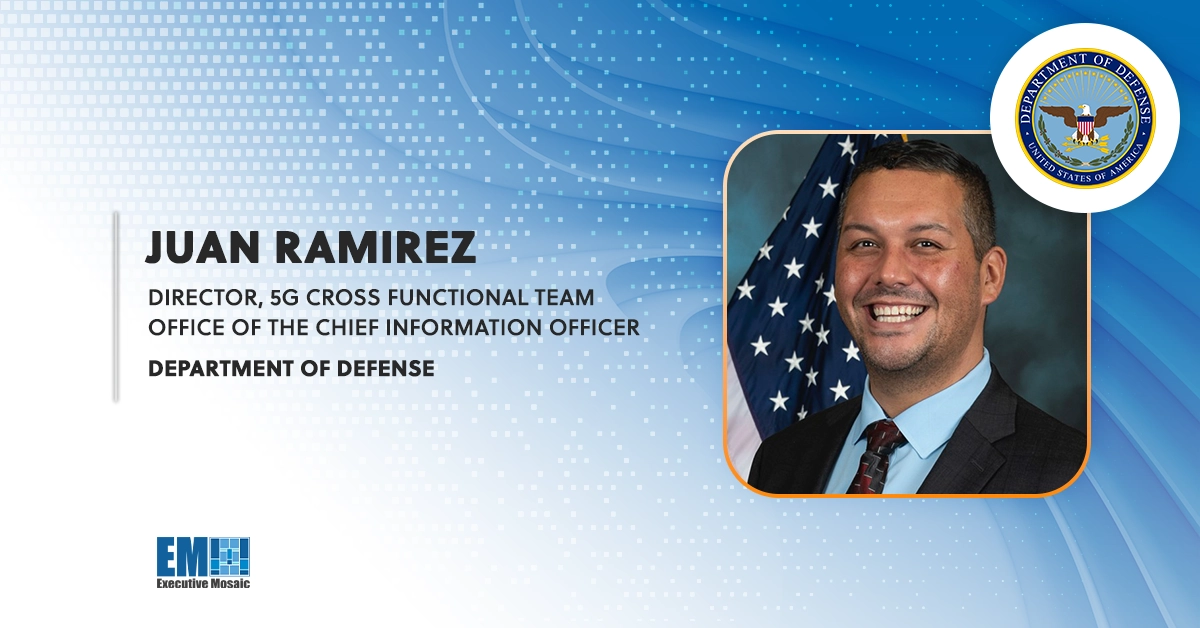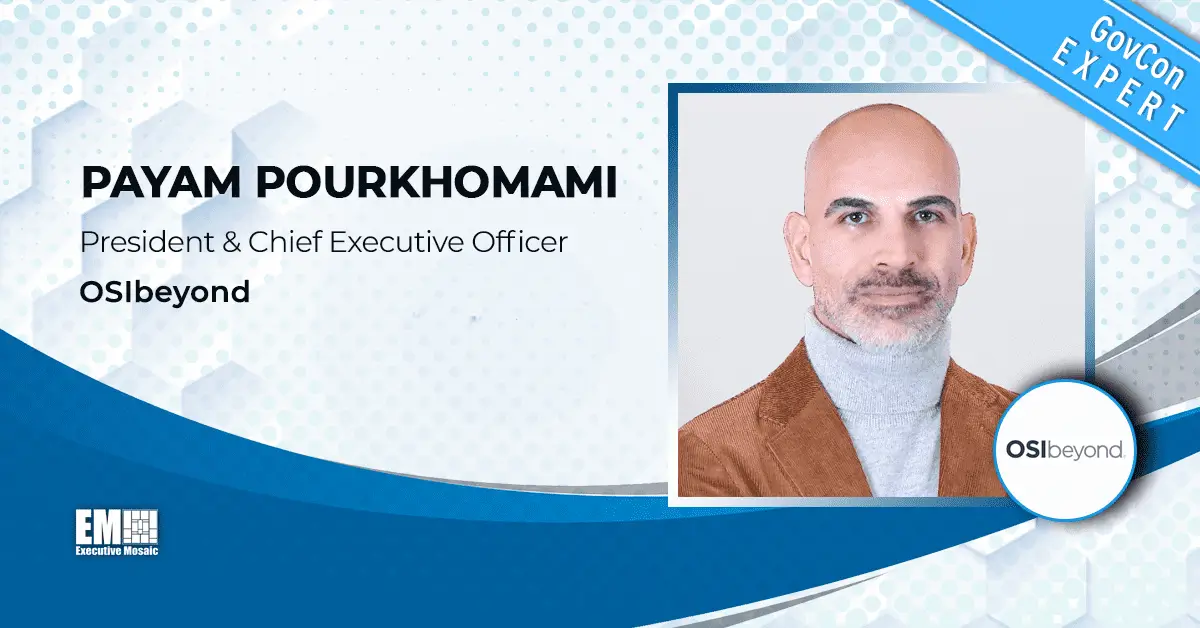Digital transformation efforts are sweeping the U.S. Department of Defense as the military services race to attain the benefits a strong digital ecosystem can offer. Achieving this goal requires swift, coordinated efforts across all involved parties, and according to experts in the field, the department must place a heavy emphasis on its people and culture to fully evolve its digital capabilities.
During a panel discussion at the Potomac Officers Club’s 2023 Air Force Summit last week, Stuart Wagner, chief digital transformation officer at the Department of the Air Force’s Office of the Chief Information Officer, defined digital transformation as using “bits” – or data – to improve decision-making.
“In order to do that, you must have access and the ability to record bits, the ability to analyze those bits and the ability to then adjust your process or a strategy or your tactics on the analysis from the collection of those bits,” he said.
Gaining the full range of benefits offered by these bits, said Michael Galbraith, chief digital innovation officer at the Department of the Navy, requires a culture change – which he said has been a major challenge within the digital transformation process.
Galbraith said that compared to industry, the culture and mindset ingrained into the DOD has been very difficult to change because the department tends to “be enamored with” new technology and can overlook the problem and the reason why a technology is being implemented.
“We need adaptable people. I think we’ve been so technology focused, and what I want to create is talent, so our critical thinkers and more mission and operational outcome-focused,” said Col. Joy Kaczor, director of cyberspace operations and warfighter communications (A2/6C-A3C) for the Air Force.
“We need to develop a force that has some foundational technology understanding, but isn’t so technology and solution focused,” she added.
Dr. Lisa Costa, chief technology and innovation officer for the Space Force, noted that the Space Force CTIO Office’s strategy is based on Chief of Space Operations Chance Saltzman’s theory of success, which focuses on developing a combat-ready and combat-credible warfighter.
One way the service branch is doing so, she said, is making sure every system is “fully burdened,” which she explained means making sure that it has the necessary training, tactics, techniques, procedures and doctrine developed before it is deployed and used.
Dr. Michael Gregg, director of the Aerospace Systems Directorate [AFRL/RQ] at the Air Force Material Command, understanding data means understanding systems and related logistics issues, and the ability to determine the urgency, cost and size of a problem comes from knowledge of data.
“All of that is based on our ability to understand how the system is performing and be able to get that data and use analytics on that data to support how I choose to use the platforms that are in the fight or minimize what I have to do with it in that contested environment,” he said.
Wagner shared that one thing DAF OCIO is looking at is how operators can best use weapon system data.
“I think a large part of what will determine the extent of our success or failure will be our ability for the operators to act with agility – and agility to me means the ability to respond to human experience and weapon system experience,” he said.


The Potomac Officers Club will take another look into current DOD initiatives with its 8th Annual Army Summit on August 1. Click here to learn more and register to attend the event, which will bring together top Army officials and industry experts to discuss the most significant challenges and opportunities the service branch is facing.








